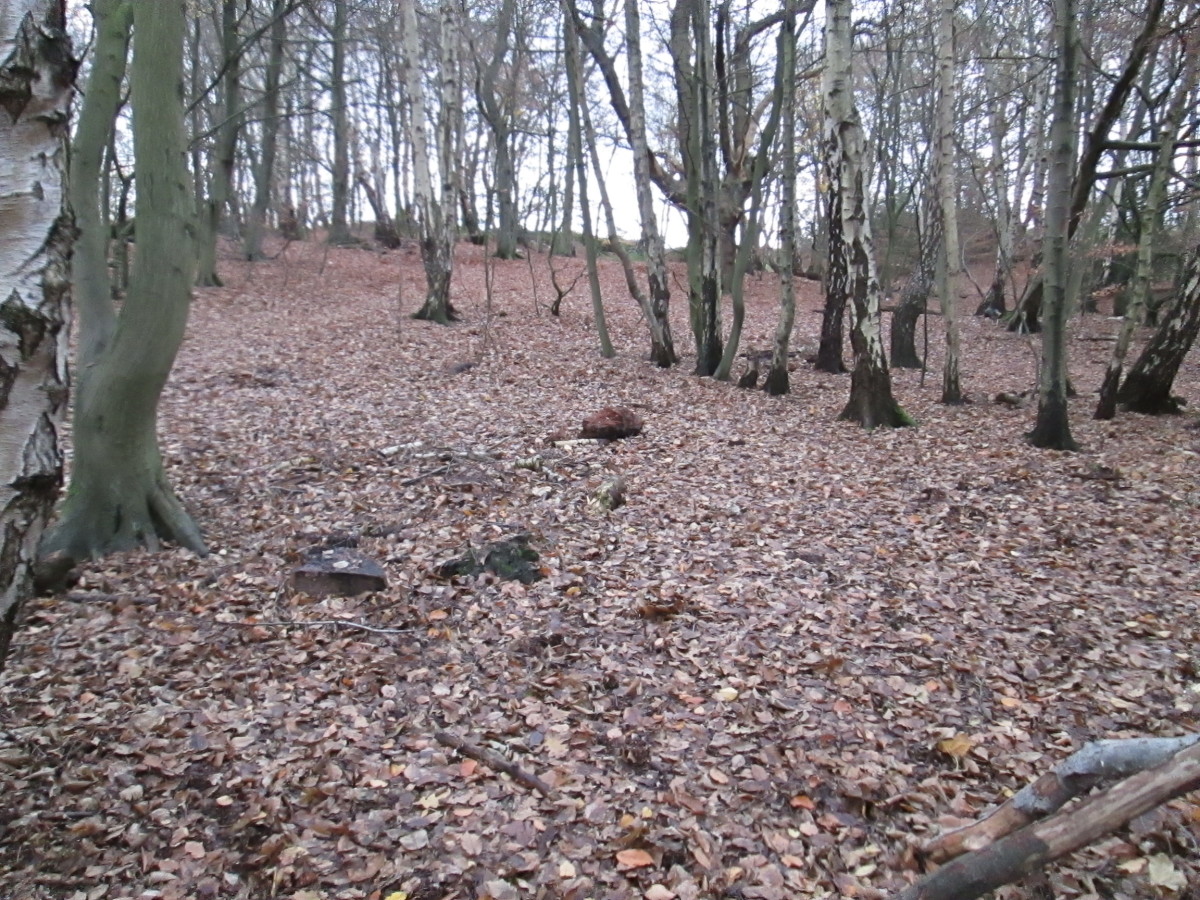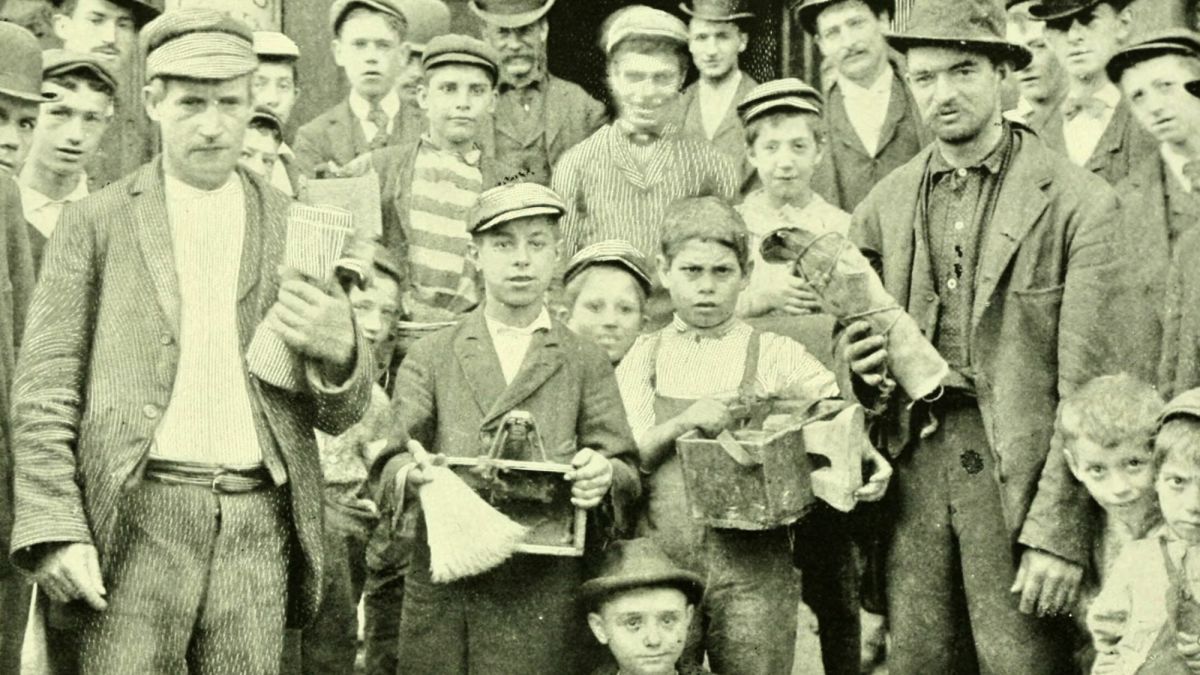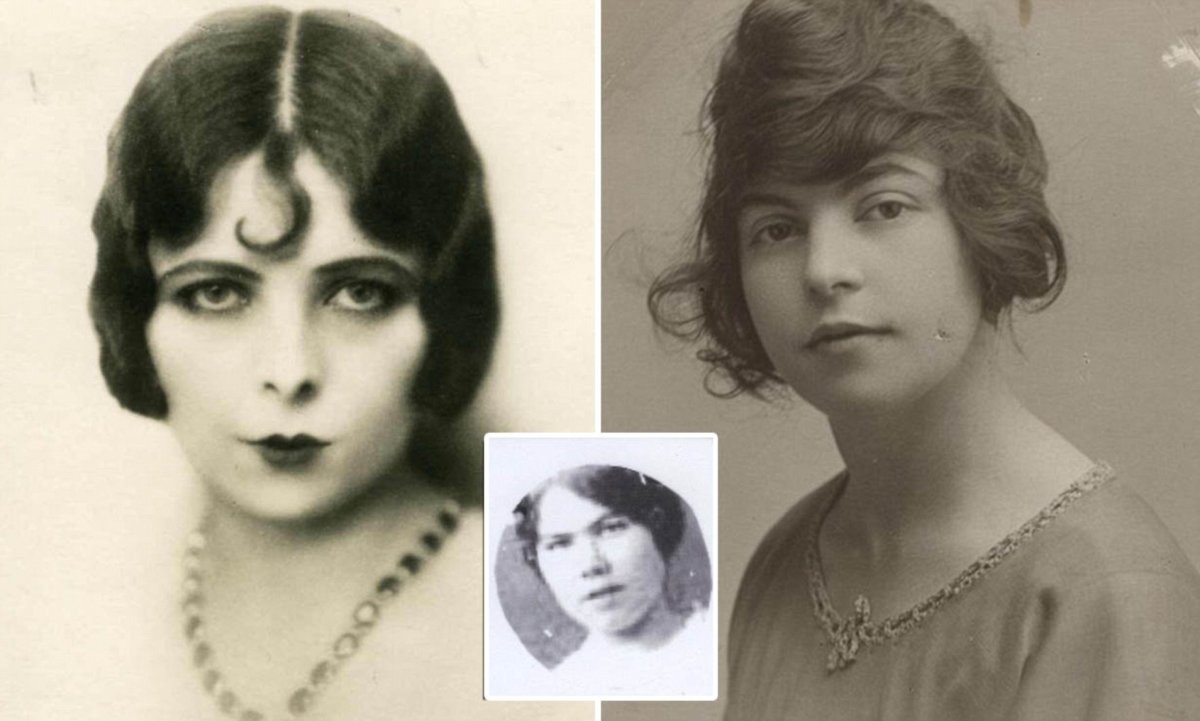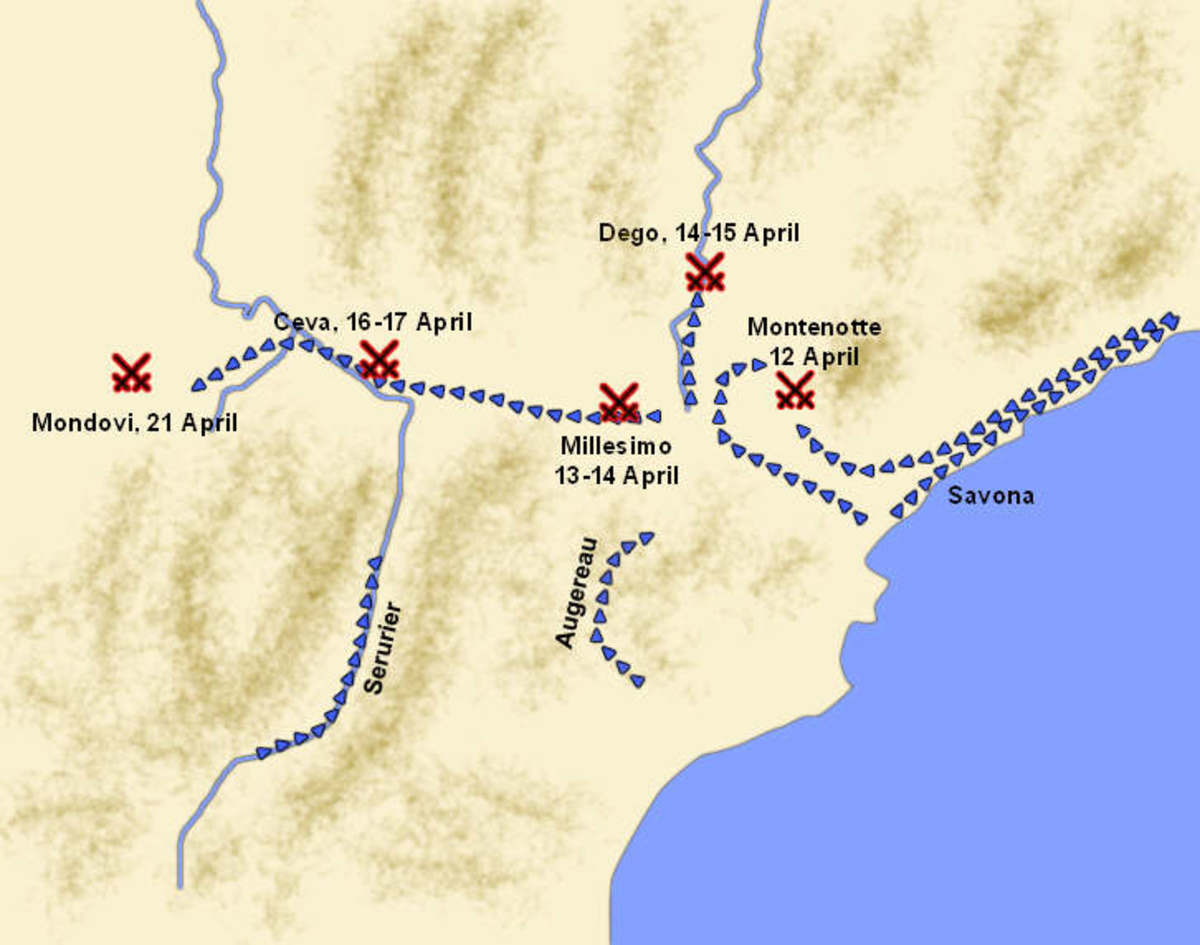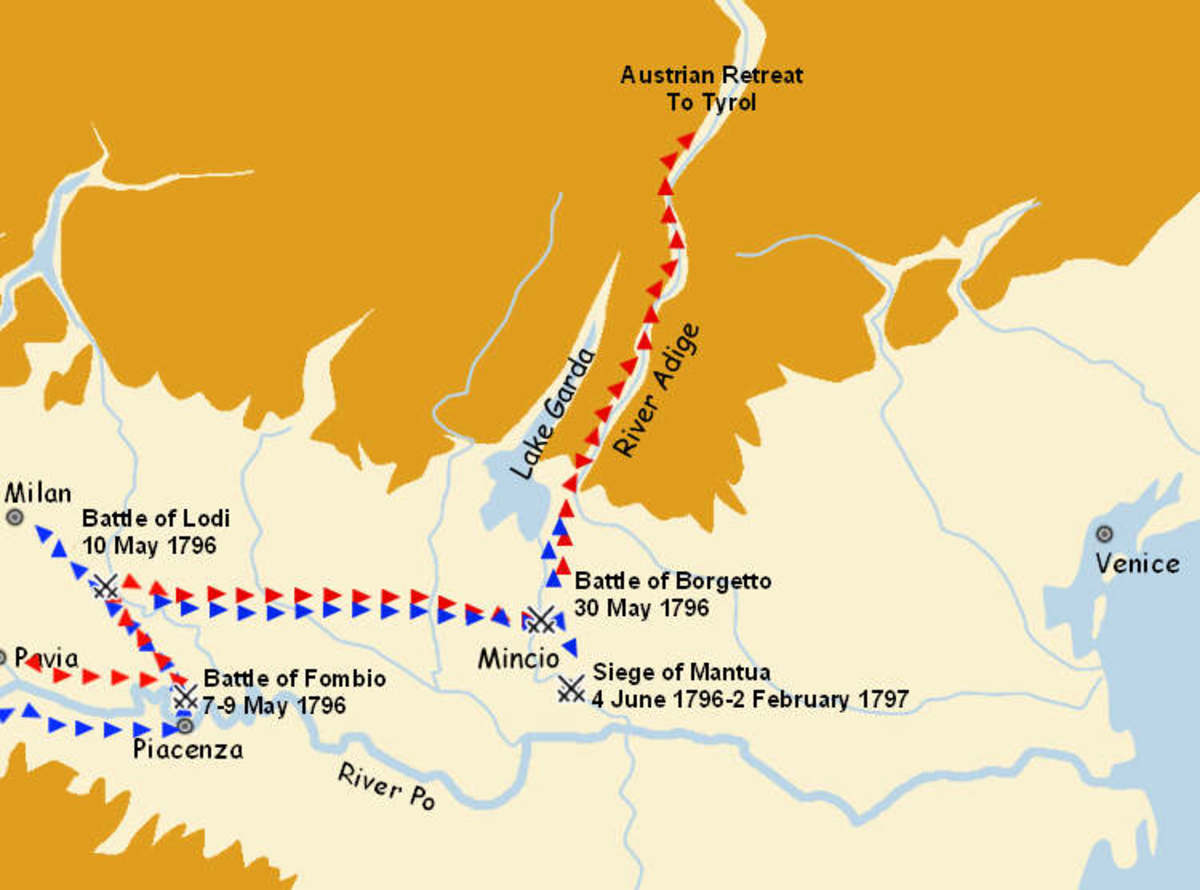- HubPages»
- Education and Science»
- History & Archaeology»
- History of the Modern Era
Highwaymen
Highwaymen
The legend of Dick Turpin and other Highwaymen has been romanticised by poets and writers of folk lore, who love to dress up the exploits of criminals as daring highwaymen. He is labelled a gentleman who held women in high regard, a dashing hero,who, riding his wonderful mare Black Bess rode from London to York in 24 hours.
Nothing
could be further from the truth. In fact Turpin was a murdering
coward who robbed elderly women and old men who were not able to
defend themselves.
Unfortunately, the Turpin legend of a devil –
may- care, gentleman of the road, contains not an atom of truth. At
the very end of his life, while waiting to be hanged at York, Turpin
showed a little of the swaggering nonchalance and heroism that the
storytellers told about him in later years, but his life up to that
point had been one of crime and squalor.
Richard Turpin was born
in 1706 in rural Essex, the son of John Turpin, a small farmer and
some-time keeper of the Crown Inn. Dick served an apprenticeship with
a butcher in a village on the fringes of London. He married his
childhood sweetheart Elizabeth Millington in 1728, and after his
apprenticeship they moved north to the boundary of north east London,
where Turpin opened a butcher's shop. Rather than becoming an honest
tradesman, he turned to crime as the easy way to make a living,
stealing sheep, lambs, and cattle, offences punishable by death.
Turpin's crimes very nearly caught up with him early in his
career when he was caught in the act of stealing two oxen. Fleeing
the area, leaving his wife and business, he tried to disappear into
Epping Forest but with Customs Officers in hot pursuit Turpin fled
into the Essex countryside, where he lived rough.
He found shelter in caves along the coast of East Anglia and robbed smugglers. Re-surfacing when the hue and cry had died down, he tried his hand at smuggling, but proved as useless at this venture as he had at cattle rustling. The Customs agents were after him again so he had to go into hiding.
Then Turpin joined the Gregory Gang whose leaders were three brothers, Samuel, Jasper and Jeremy Gregory. The gang was about 20 strong and they operated from hideouts in the forest. The Gregory Gang were notorious around Essex and London. They poached game belonging to the King, an offence punishable hanging, drawing and quartering, and they robbed coaches and other travellers on the King's highway. They specialised in forced entry into isolated farms and houses and terrorising occupants to make them reveal the location of valuables. In 1735, the London Evening Post reported the Essex Gang, and King George 2nd put up a £50 reward, a huge sum in those days.
On 8 February 1735 Read's Weekly Journal reported:
On Saturday night last, about seven o'clock, five rogues entered the house of Widow Shelley at Loughton in Essex, having pistols, and threatened to murder the old lady, if she would not tell them where her money lay, which she obstinately refusing for some time, they threatened to lay her across the fire, if she did not instantly tell them, which she would not do. But her son being in the room, and threatened to be murdered, cried out, he would tell them, if they would not murder his mother, and did, whereupon they went upstairs, and took near £100, a silver tankard and other plate, and all manner of household goods. They afterwards went into the cellar and drank several bottles of ale and wine, and broiled some meat, and ate the remainder of a fillet of veal. While they were doing this, two of their gang went to Mr Turkles, a farmer, who rents one end of the widow's house, and robbed him of over £20, and then they all went off, taking two of the farmer's horses, to carry off their luggage.
The
Evening Post regularly reported the exploits of Turpin and 'The Essex
Gang' and the King doubled the reward to £100 in February 1736,
after the gang committed one of its more cowardly acts. They broke
into the house of a wealthy farmer called Francis and beat his wife
and daughter until he surrendered the family's valuables.
Eventually,
local constables captured two of the gang, but Turpin escaped by
jumping out of a window.

Tom King
Things
were getting too hot again so Turpin headed back into the familiar
East Anglian countryside and lived rough for some time. One day, on
the road to Cambridge, he came across a traveller riding a fine
horse. Turpin drew down on him with his pistol and demanded that he
hand over his money. To his surprise the man laughed in his face and
said, 'What, dog eat dog? Come, Brother Turpin. If you don't know me,
I know you and shall be glad of your company.'
The traveller was
'Captain' Tom King, one of the better known highwaymen of the time
and the kind of swashbuckling, devil-may-care character that the
legend of Turpin would later become.
The two criminals joined
forces. They lived in a cave in Epping Forest keeping an eye on the
road, and robbing virtually anyone who passed by. They were so
prolific in their robbing that even local peddlers started to carry
weapons for protection.
They worked together but their two
characters and styles differed greatly. King, unlike Turpin, liked to
observe a code of honour. On one occasion, in Suffolk, the robbers
came across two young women who had just made £14 from the sale of
their livestock at the market. King thought them too pretty to rob
but Turpin disagreed, and relieved them of their hard-earned cash.
Numerous murders have been attributed to Turpin, but he was never charged with murder. Turpin's first killing was probably Thomas Morris, on 4 May 1737. Morris was one of the keepers of Epping Forest, who came across Turpin while walking in the forest. As there was a reward offered for Turpin's capture, it is supposed that Morris tried to overpower the highwayman, whereupon he was shot. Once again Turpin went on the run, this time with a greater crime on his hands than theft.
Turpin's meeting with his famous horse, Black Bess happened on the road to London. He held up a man called Major, and as his victim had a much finer horse than his own, he told Major that he was going to exchange horses with him. With a musket pointed at him, Major could do nothing. Turpin named his new pride 'Black Bess'.
Major posted handbills around the pubs of London, describing his steed and naming Turpin as the thief. The horse was traced to the Red Lion public house in Whitechapel, where Turpin had stabled it. Turpin sent Tom King to collect the horse for him and he was recognised and arrested.
Turpin had been waiting nearby and he rode toward the constables holding King, with a view to releasing him. He fired at them. King broke free but in the confusion Turpin fired again, this time hitting King by mistake. Shocked, and believing his companion dead, Turpin fled on Black Bess.
King died on the spot, and Turpin fled. He raced away on Bess as fast as he could go. He took up a new life in Lincolnshire, where he would be unknown. He bought barns and stables outside Corby under the alias of John Palmer, and took on the role of a legitimate horse dealer. Turpin did not know enough about horse breeding or horse trading to keep up the pretence, so he turned again to what he knew best, theft. Turpin took horses from farms, paddocks and stables, waited a few months, and then sold them on.
He was finally arrested near to York, flat broke and drunk. He was bound over to keep the peace after he shot his landlord's gamecock in the street and threatened a passer - by. "Palmer" had no money and was unable to provide sureties so he was committed to jail. The authorities made enquiries as to how "Palmer" made his money while he languished in jail and they learned of outstanding complaints against him for sheep and horse-stealing in Lincolnshire.
He was transferred to York's debtors' prison. While there he wrote to his brother in law, trying to obtain alibis but at that time postage was payable by the recipient, and as Turpin's brother-in-law refused to pay the postage demanded, the letter was not delivered. The letter then fell into the hands of John Smith, the village postmaster who had taught Turpin to read and write. Smith recognised the handwriting and travelled to York to identify Turpin, for which he received a reward of £200. On 22nd March 1739, "John Palmer alias Richard Turpin" was convicted at the Grand Jury House in York on two charges of horse-rustling. Pleas from his father fell on deaf ears. His father had been cleared a few days earlier at Essex assizes of horse-stealing, one of Turpin's stolen horses having been found at his alehouse.
Duringthe period between sentence and execution, visitors frequented Turpin's cell as though he were a celebrity. He bought new clothes and shoes and hired five mourners for his eventual funeral.
On 7 April 1739, Dick Turpin was taken through York in an open cart, waving to the crowds. At the gallows, he climbed to the scaffold and sat down addressing the crowd, chatting to the guards and to the hangman, Thomas Hadfield.
An account in the York Courant for 7th April 1739 notes Turpin's bravado: "With undaunted courage, he looked about him, and after speaking a few words to the hangman, he threw himself off the ladder and expired in about five minutes."

